The overlanding world is booming, with more adventurers seeking freedom on the open road. This surge has created massive demand for gear, especially for innovative roof top tents (RTTs). As new brands pop up, it’s important to understand where these products come from. Many are simply “white-labeled” items—generic products rebranded and sold as unique. This makes it crucial to recognize and support brands who design, manufacture, and stand behind their own creations, pushing the entire industry forward with quality and fresh ideas.
What is White Labeling in the Overlanding Industry?
White labeling is a common business practice where a manufacturer produces a generic product that other companies can purchase, rebrand, and sell as their own. In the overlanding space, this is especially prevalent with complex items like roof top tents. A handful of overseas factories produce a standard RTT model, and various "brands" simply add their logo, choose a color, and market it as a unique offering.
For consumers, this can mean more affordable options and wider availability. However, the downside is often a lack of innovation, generic designs, and inconsistent quality control. For the brands, it's a low-risk way to enter the market without investing in research, development, or manufacturing facilities. This practice, however, can stifle true innovation and leave consumers with a sea of nearly identical products under different names.
The Importance of Innovation.
Innovation is critical in the roof top tent market because these products face unique challenges. They must be durable enough to withstand highway speeds and harsh weather, yet lightweight enough not to compromise a vehicle's handling. They need to be quick to set up for convenience, comfortable for a good night's sleep, and versatile enough for different climates and travel styles. Standard, white-labeled tents often fail to address these specific needs, offering a one-size-fits-all solution that rarely excels in any one area.
This is where true engineering and design come into play. Brands like Intrepid Camp Gear invest heavily in research and development to solve real-world problems for overlanders. By controlling their own manufacturing, they can experiment with new materials, create more aerodynamic hard shells, design more intuitive opening mechanisms, and improve ventilation for four-season use. This commitment to innovation results in products that are not just functional, but are purpose-built to enhance the overlanding experience, offering superior durability, comfort, and usability.
Why Supporting Original Brands Matters
Choosing to support brands that design and manufacture their own products is an investment in the future of the overlanding community. These companies are the lifeblood of the industry, constantly pushing boundaries and setting new standards for quality and performance. When you buy from a small brand making their own gear, you are funding the research, design, and testing that leads to the next generation of gear. This fosters a healthy ecosystem where creativity and quality are rewarded.
Furthermore, supporting original manufacturers ensures you receive a higher-quality, more durable product. These brands have a deep understanding of their materials and construction processes because they built the product from the ground up. They have a vested interest in their reputation, which translates to better customer service, more reliable warranties, and a product designed to last for countless adventures. By contrast, white-label brands may lack deep product knowledge and the ability to provide long-term support.
How to Identify Original Brands in the Overlanding Market
With so many brands on the market, it can be tough to distinguish true innovators from resellers. To identify an original brand, do a bit of research. Start by exploring the company’s "About Us" page—do they talk about their design philosophy, their engineering team, or their manufacturing facility? Look for transparency. Brands proud of their process will often share behind-the-scenes photos and videos of their factory and team at work.
Next, examine the product itself for unique features. Does it have a patented mechanism, a distinct shape, or proprietary materials that you don't see on other tents? White-labeled products tend to look very similar across different brands. Finally, check reviews and forums for discussions about the brand's history and customer service. An established reputation for innovation and support is a strong indicator that you're dealing with a genuine designer and manufacturer.
Conclusion
As you gear up for your next adventure, consider where your equipment comes from. By choosing to support innovative brands like Intrepid Camp Gear, you not only get a superior, thoughtfully designed product, but you also contribute to the health and progression of the entire overlanding industry. Your investment encourages the quality, durability, and creativity that will define the future of vehicle-based exploration for years to come.
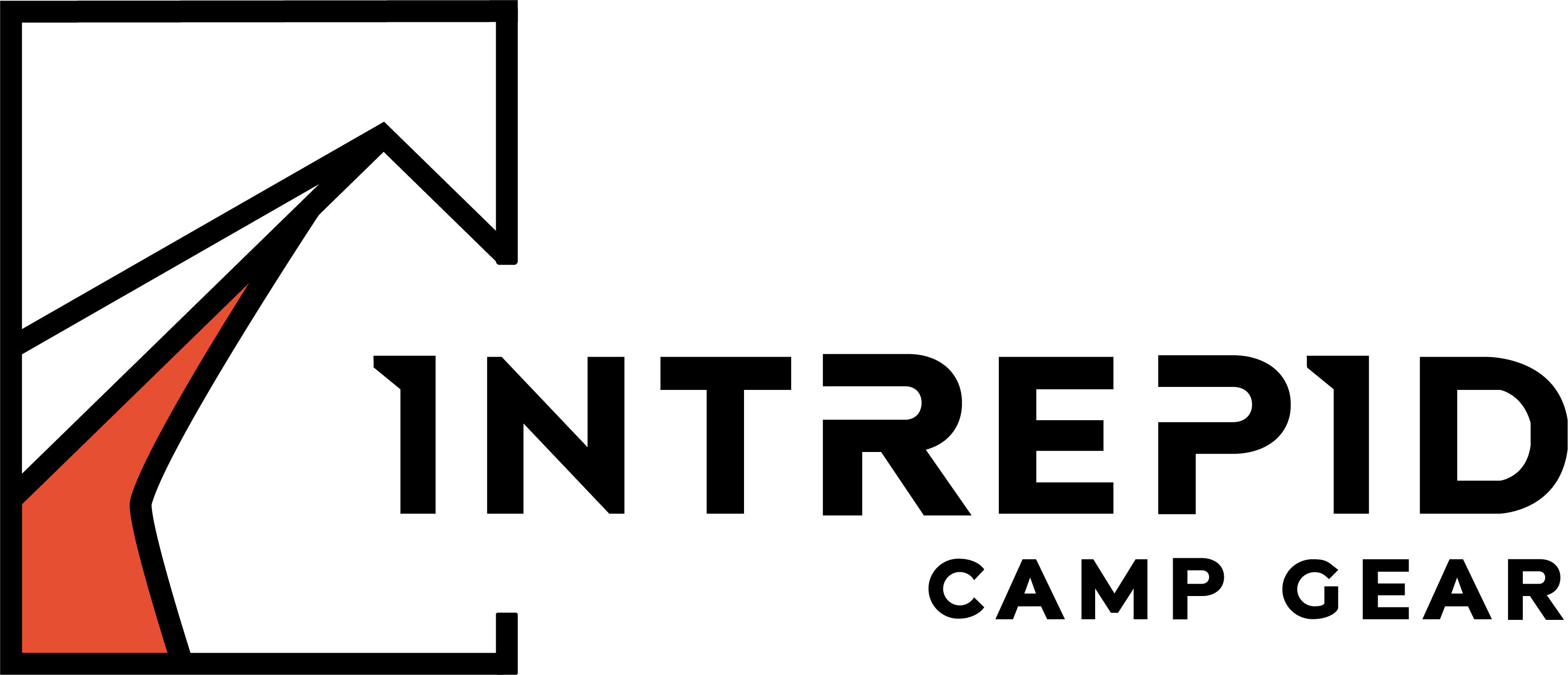

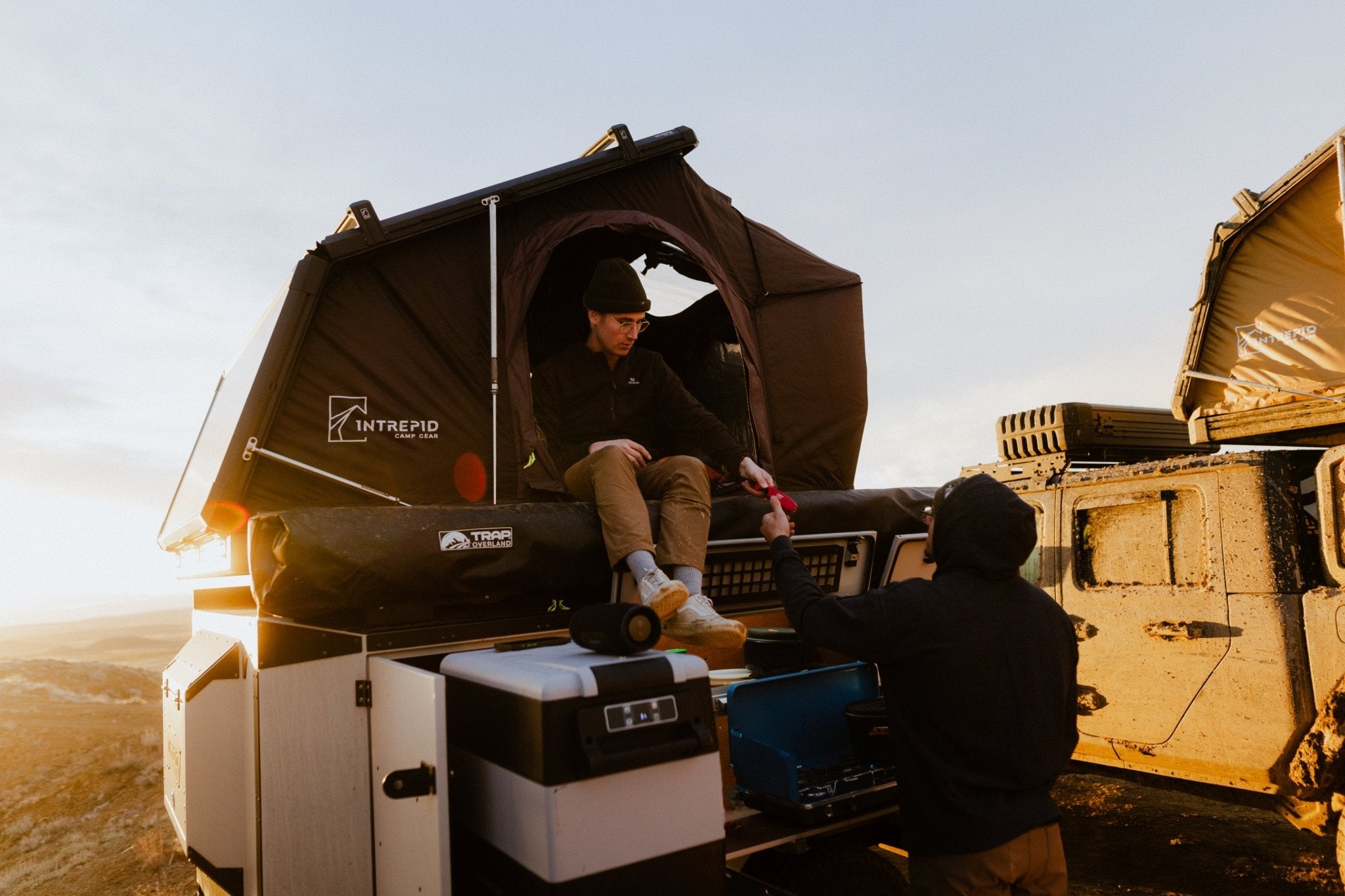
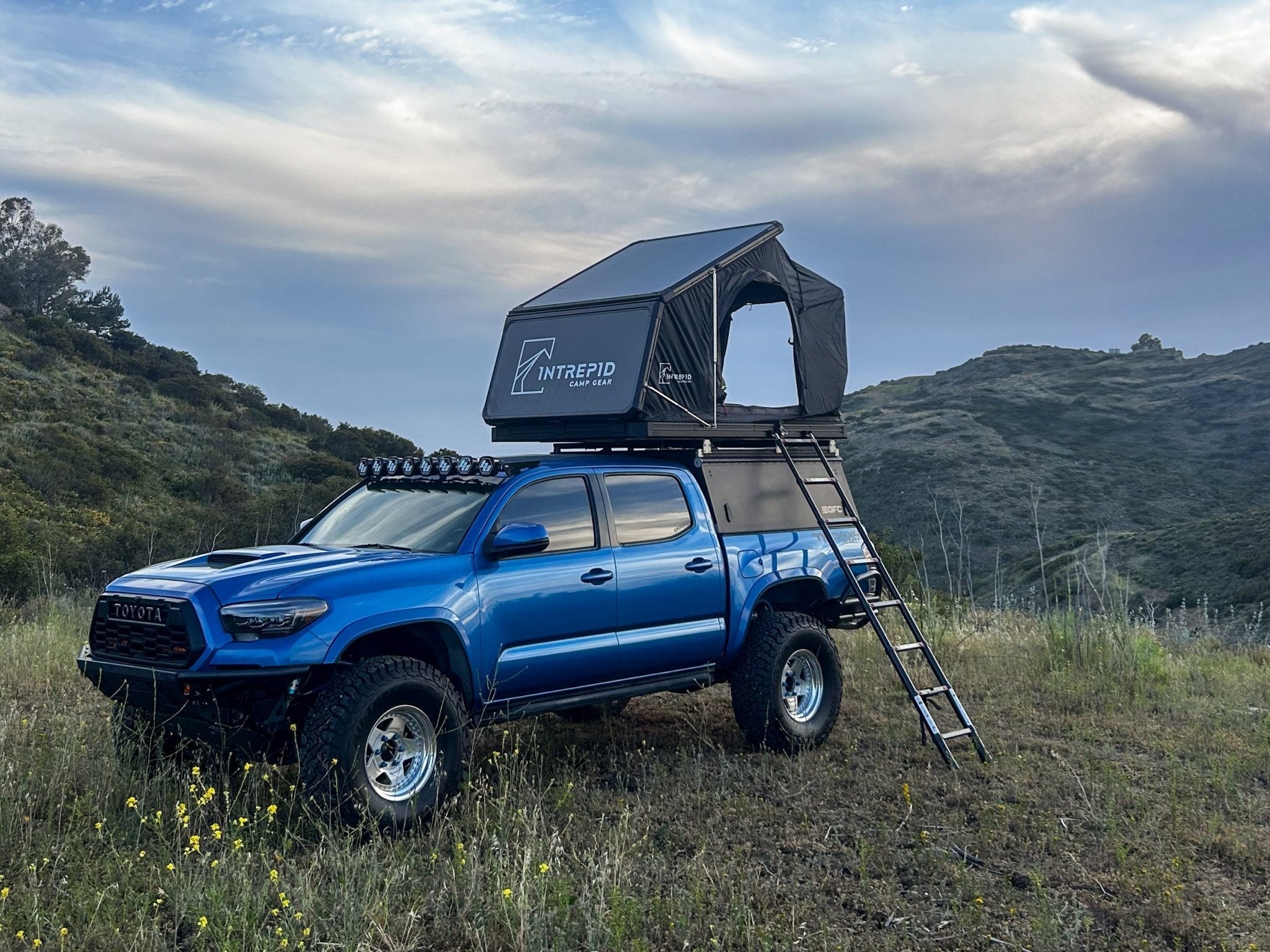
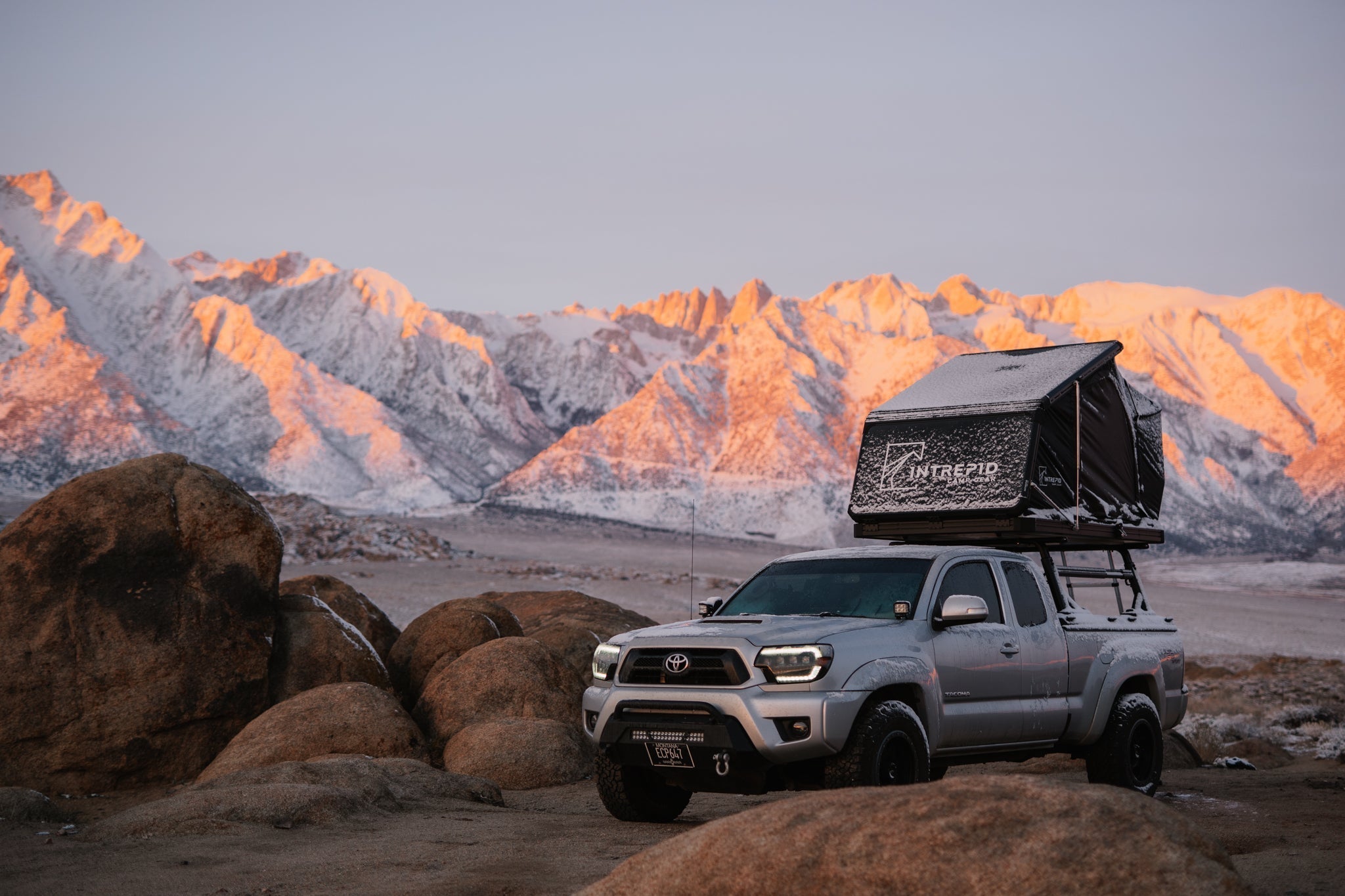
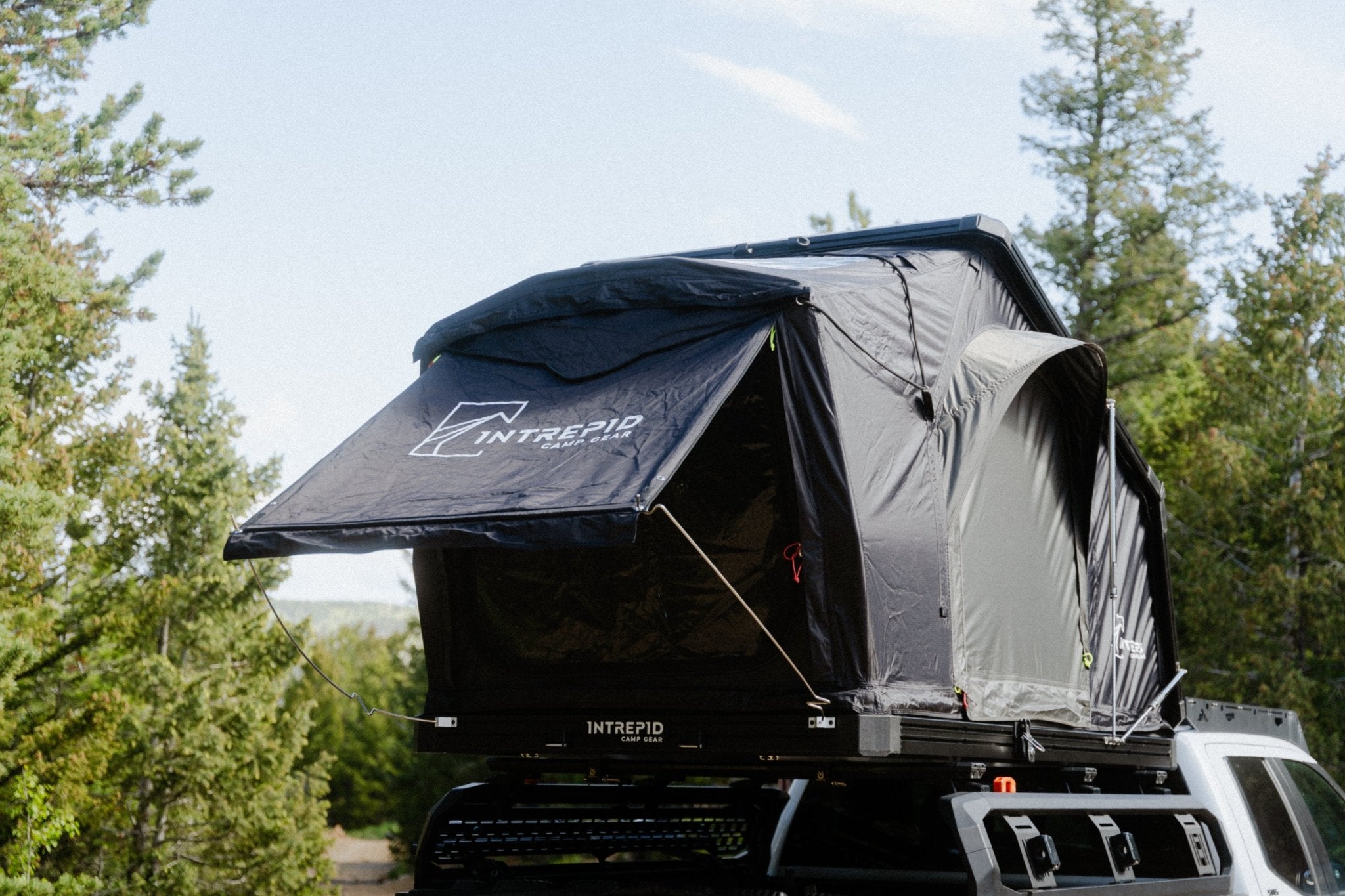
Share: